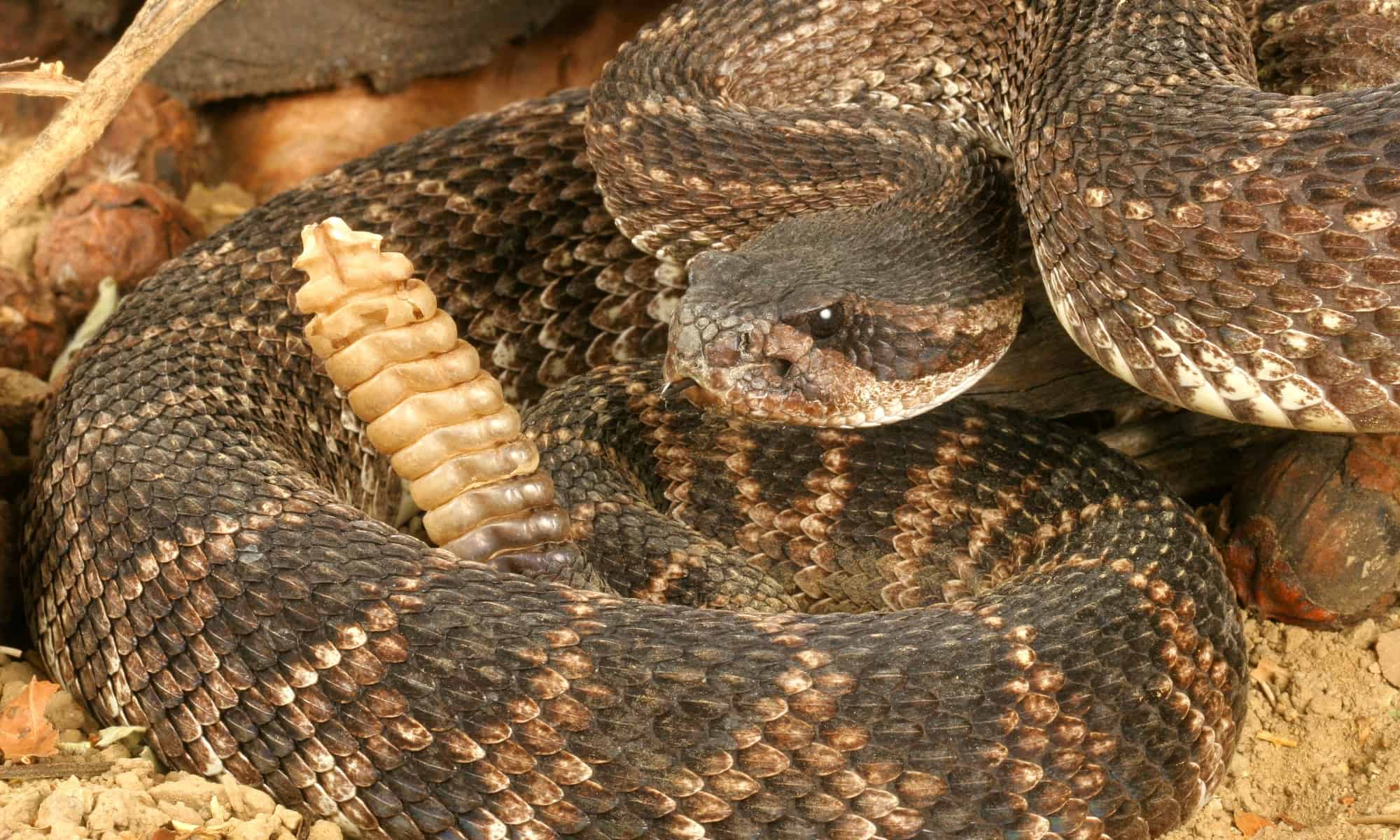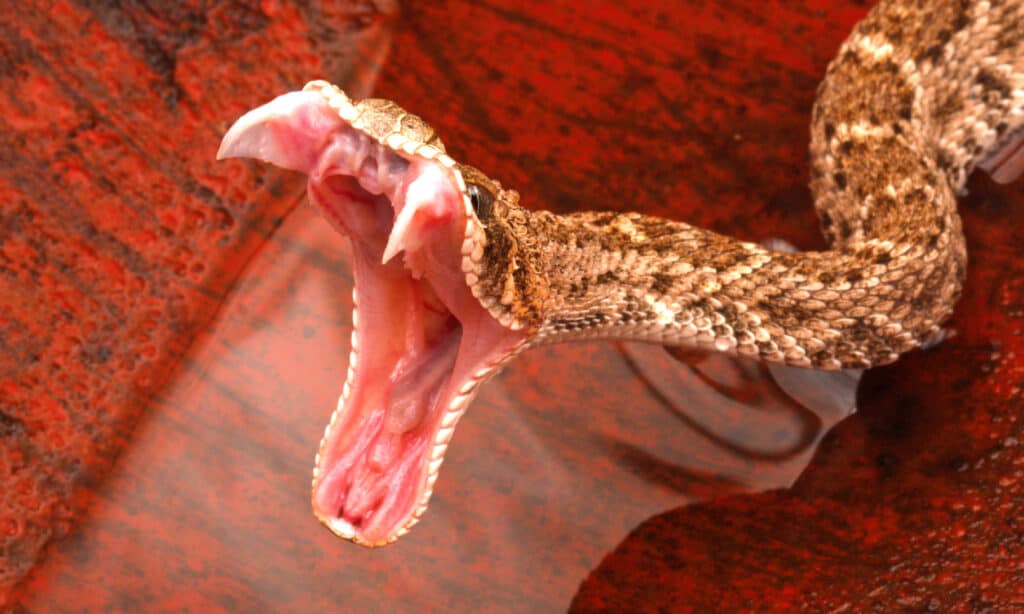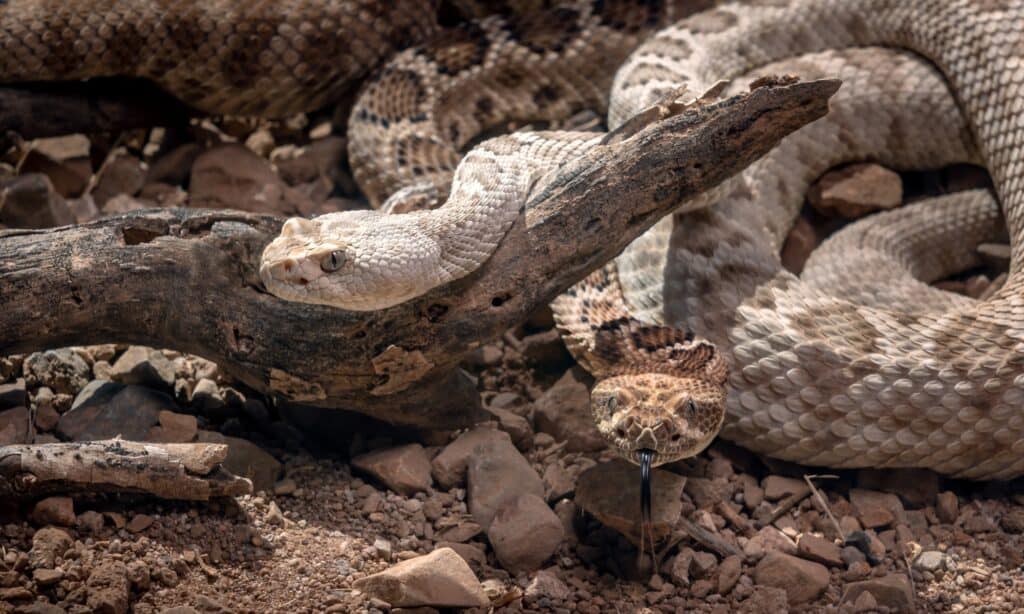Continue reading for our analysis...

Finding one rattlesnake can be a scary experience but can you imagine how you would feel if you found nearly a 100 under your own house! This is what happened to one shocked homeowner in Santa Rosa but luckily a local reptile rescue expert was on hand to help out.
Sonoma County Reptile Rescue is a not-for-profit organization that assists homeowners with exactly this sort of situation. Al Wolf from the center explains that he got a call from a local woman who had spotted a rattlesnake under her house.
Rattlesnakes are found in many areas of the United States but they do not seek out human company! In fact, they would rather not have anything to do with humans at all. They make the rattle sound as a warning that you should leave them alone. Their venom is highly dangerous and can make humans very ill if antivenom is not available. In some cases, it can be deadly.
Al Wolf had brought his “grabber” and a thick pair of gloves and bravely crawled into the space under the house to look for snakes. He was in luck! Within a minute he found one and thought the job was over. However, we soon find out that this was far from the case.
As soon as the first snake was safely stored in a bucket, Wolf spotted a second snake. Then he moved a rock and found a third, quickly followed by two babies!
In total, Wolf spent around four hours underneath this house and found a grand total of 92 snakes. Of these, 59 were babies.

Rattlesnakes’ venom is dangerous and can make humans very ill if antivenom is not given after a bite.
©iStock.com/johnaudrey
Is this Normal Behavior for Rattlesnakes?
One might be wondering if rattlesnakes living in a huge nest is a common sight. However, it all depends. The eastern diamondback rattlesnake babies live in the same place as their mothers for almost two weeks, or until they shed for the first time. Researchers are discovering that rattlesnakes are more social than once believed, and babies often associate with their mothers the year following their birth.
Of course, they’re most likely to be found with other snakes is during winter brumation. It has been observed that they can also share that space with not only snakes from other species, but also other animals, such as turtles and other invertebrates and even small mammals. These ‘dens’ are also known as hibernacula.

Snakes may be found together in winter months during brumation.
©iStock.com/Jay Pierstorff
This is unusual event was something that the rattlesnake rescuer had not seen before. Most rattlesnakes live a solitary life but they will share resting spaces, especially with their young, which seems to be what was happening here.
This story has a happy ending for everyone concerned. Thanks to Wolf’s expertise, all the snakes were safely removed and no one was hurt. They were stored in secure plastic containers and transported to a privately owned location that is a long way away from human activity. Wolf describes it as being, “Away from people and private property. It’s a beautiful animal. It belongs out there.”
While Wolf may have found the whole experience delightful, the poor homeowner felt very differently. She wished to remain anonymous as she does not want her neighbors to know about her deadly and numerous house guests. However, we do discover that she had remarked on the absence of rodents around her house lately – now she has the explanation! Rattlesnakes eat mice and rats — they are obligate carnivores and must have meat to survive. With that many mouths to feed, no wonder the local rodent population was reduced!
Discover the "Monster" Snake 5X Bigger than an Anaconda
Every day A-Z Animals sends out some of the most incredible facts in the world from our free newsletter. Want to discover the 10 most beautiful snakes in the world, a "snake island" where you're never more than 3 feet from danger, or a "monster" snake 5X larger than an anaconda? Then sign up right now and you'll start receiving our daily newsletter absolutely free.
Thank you for reading! Have some feedback for us? Contact the AZ Animals editorial team.






